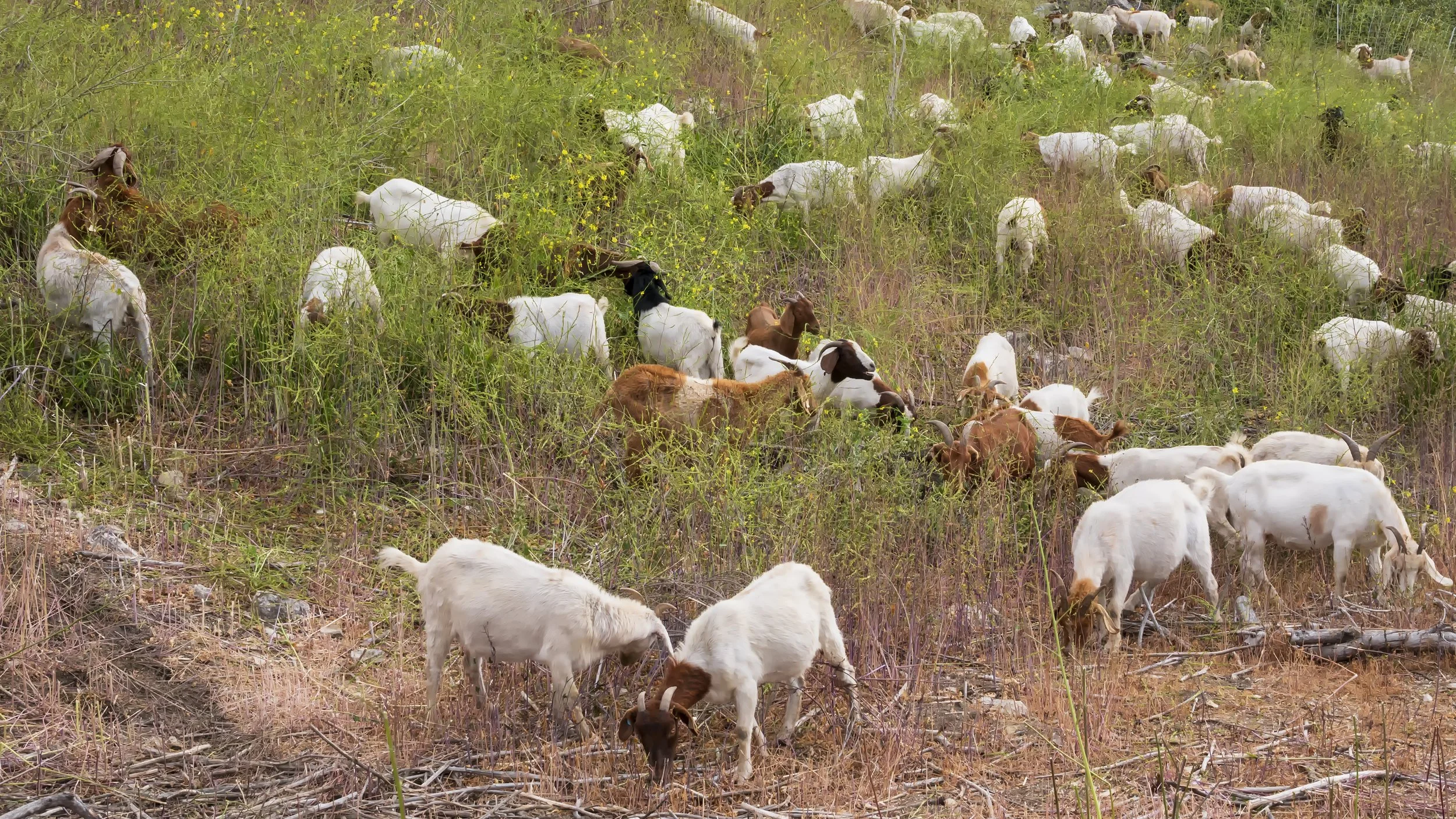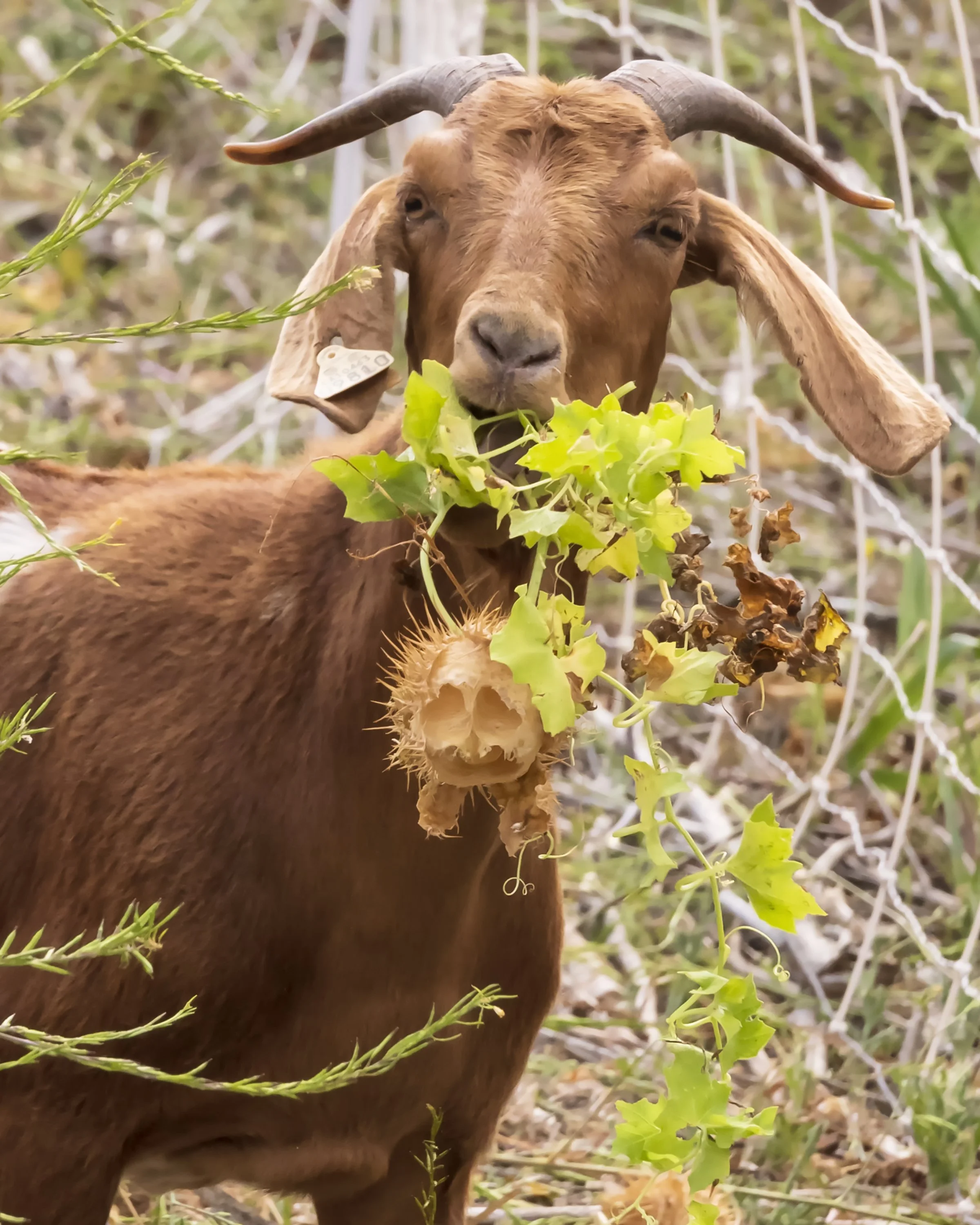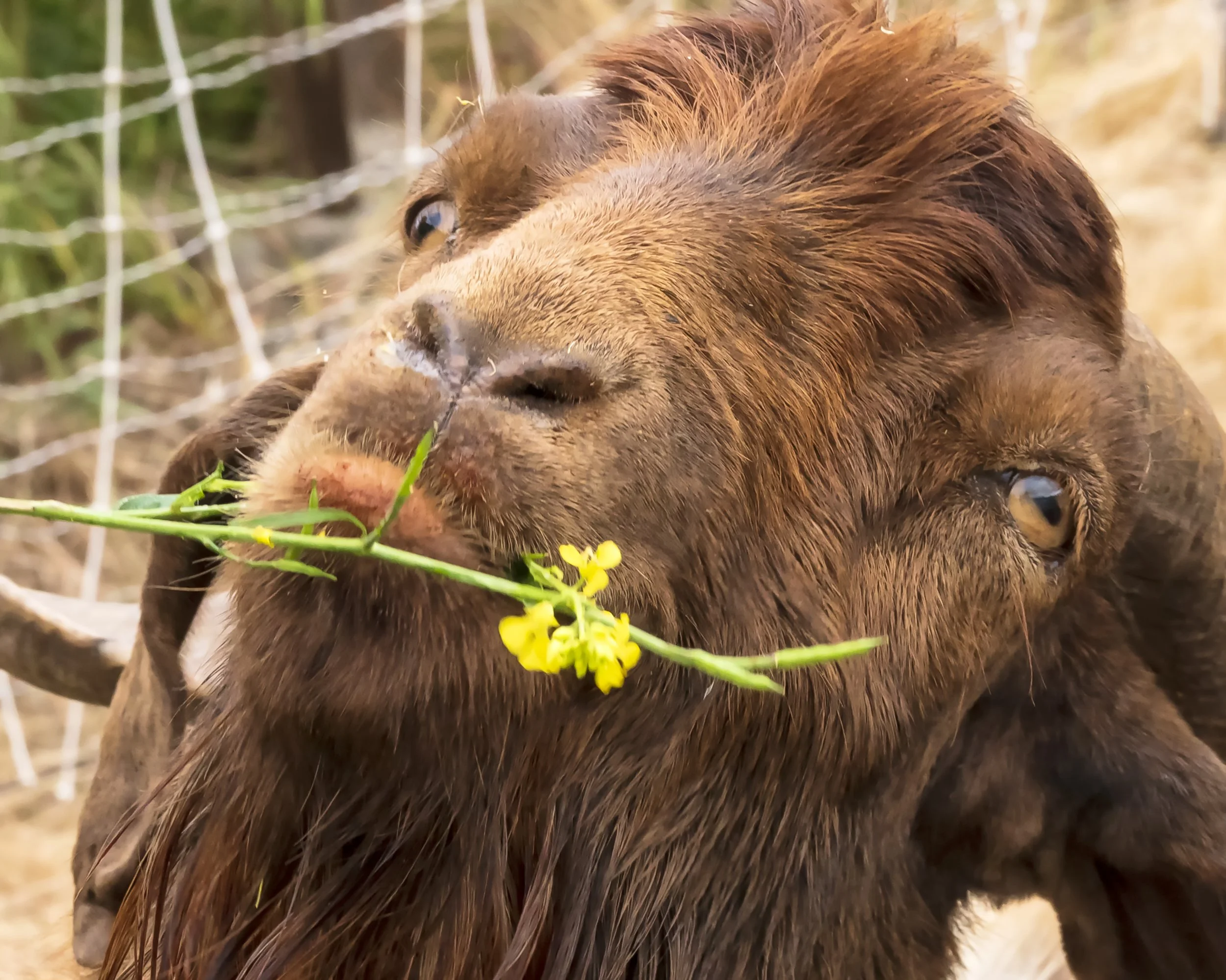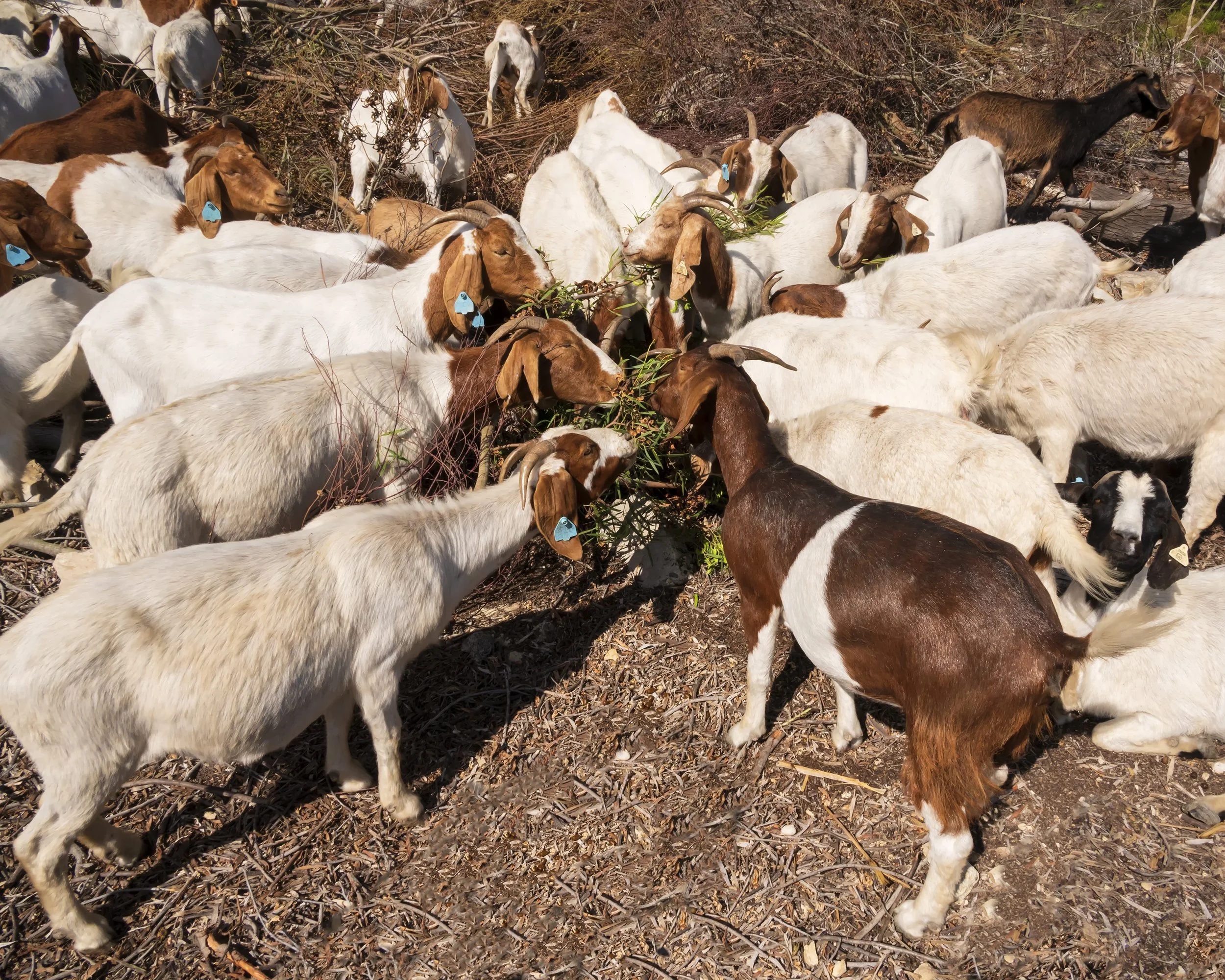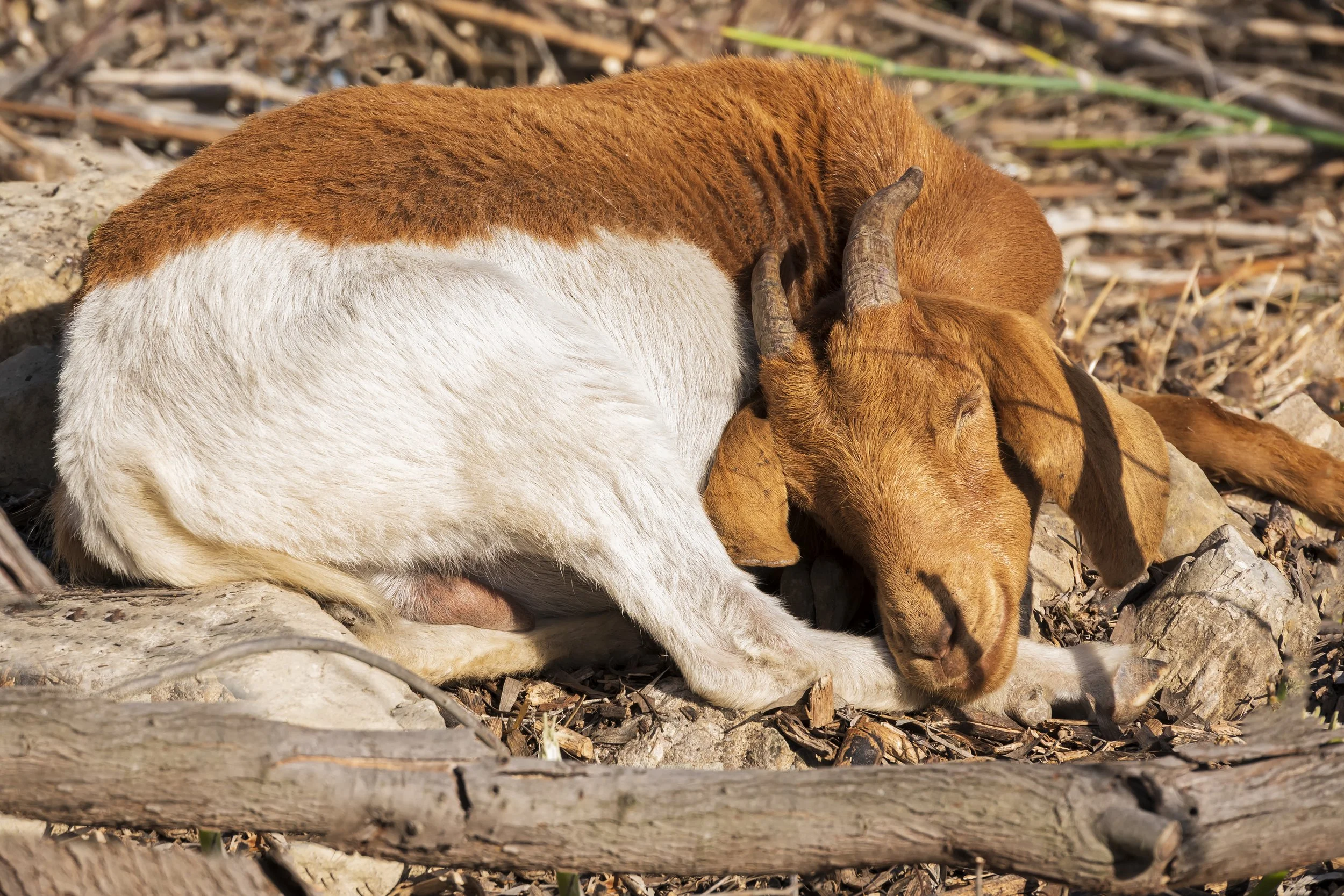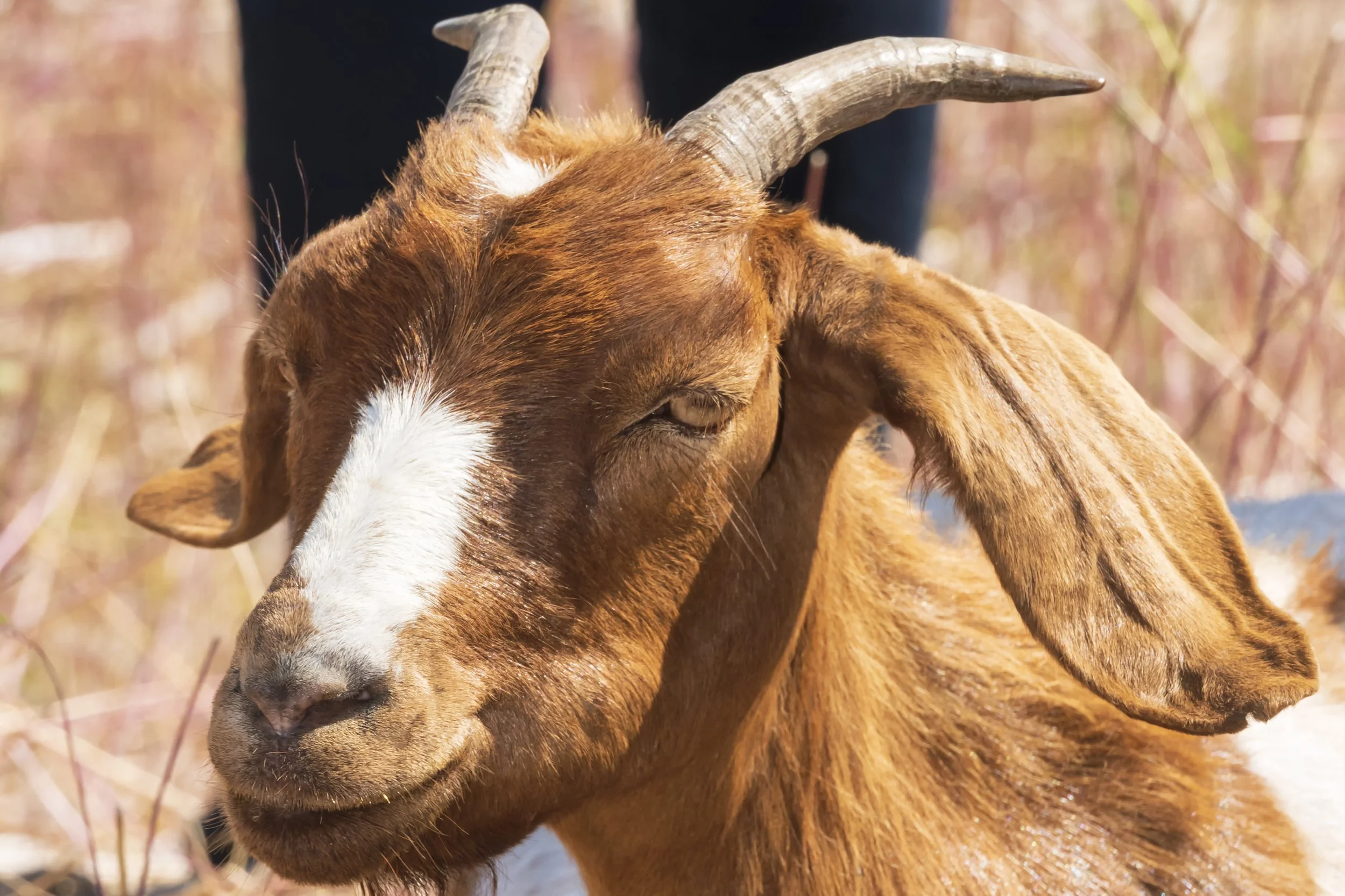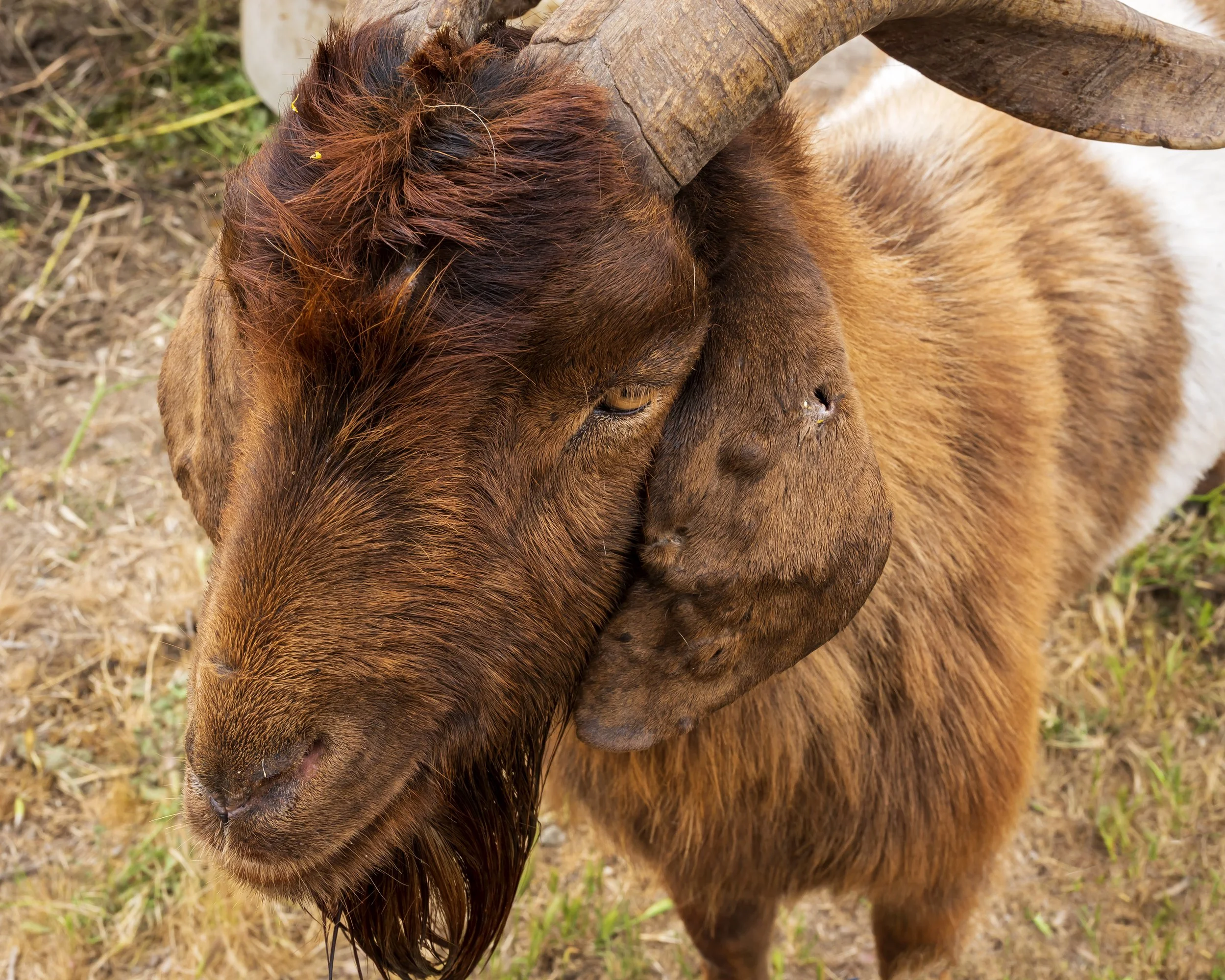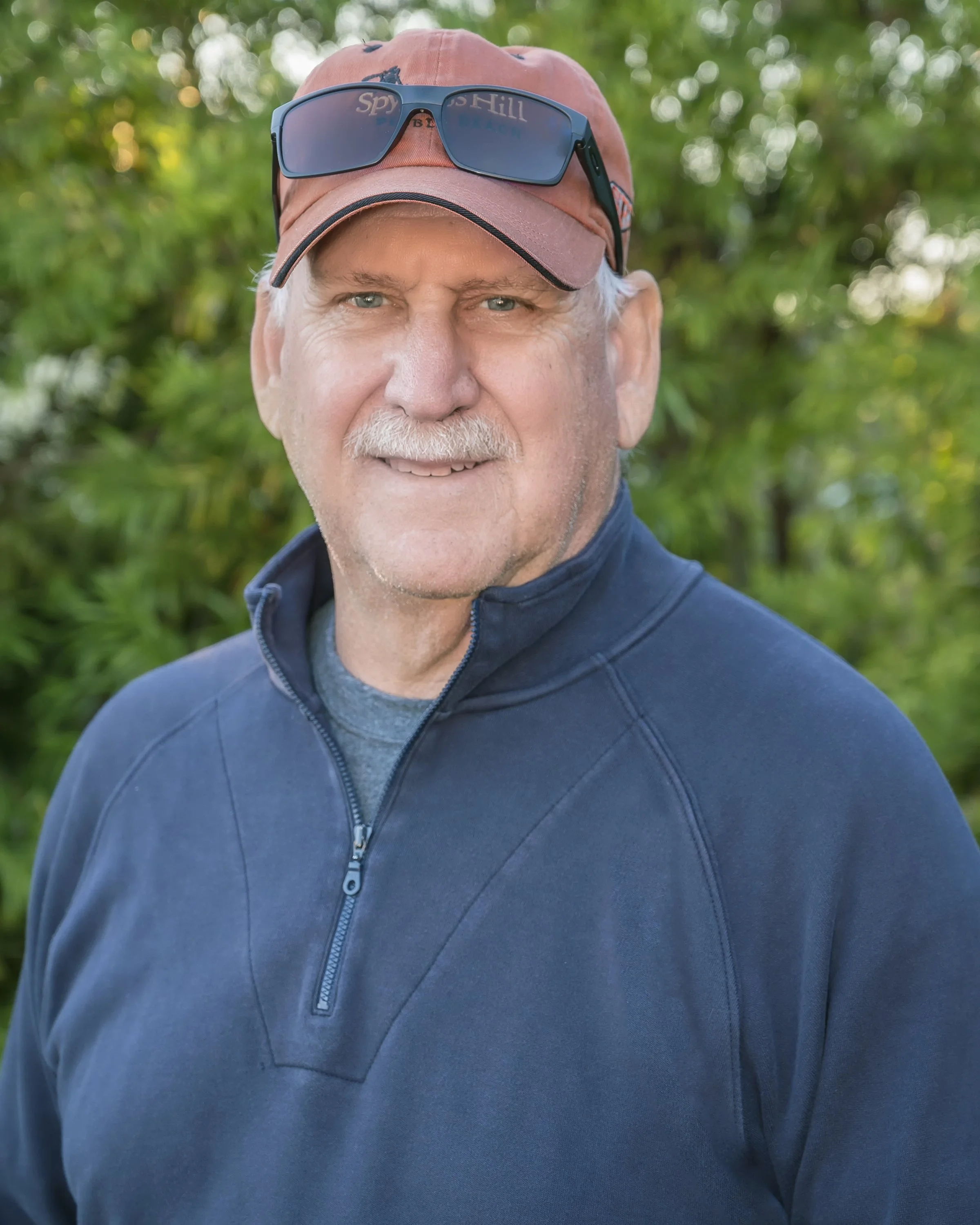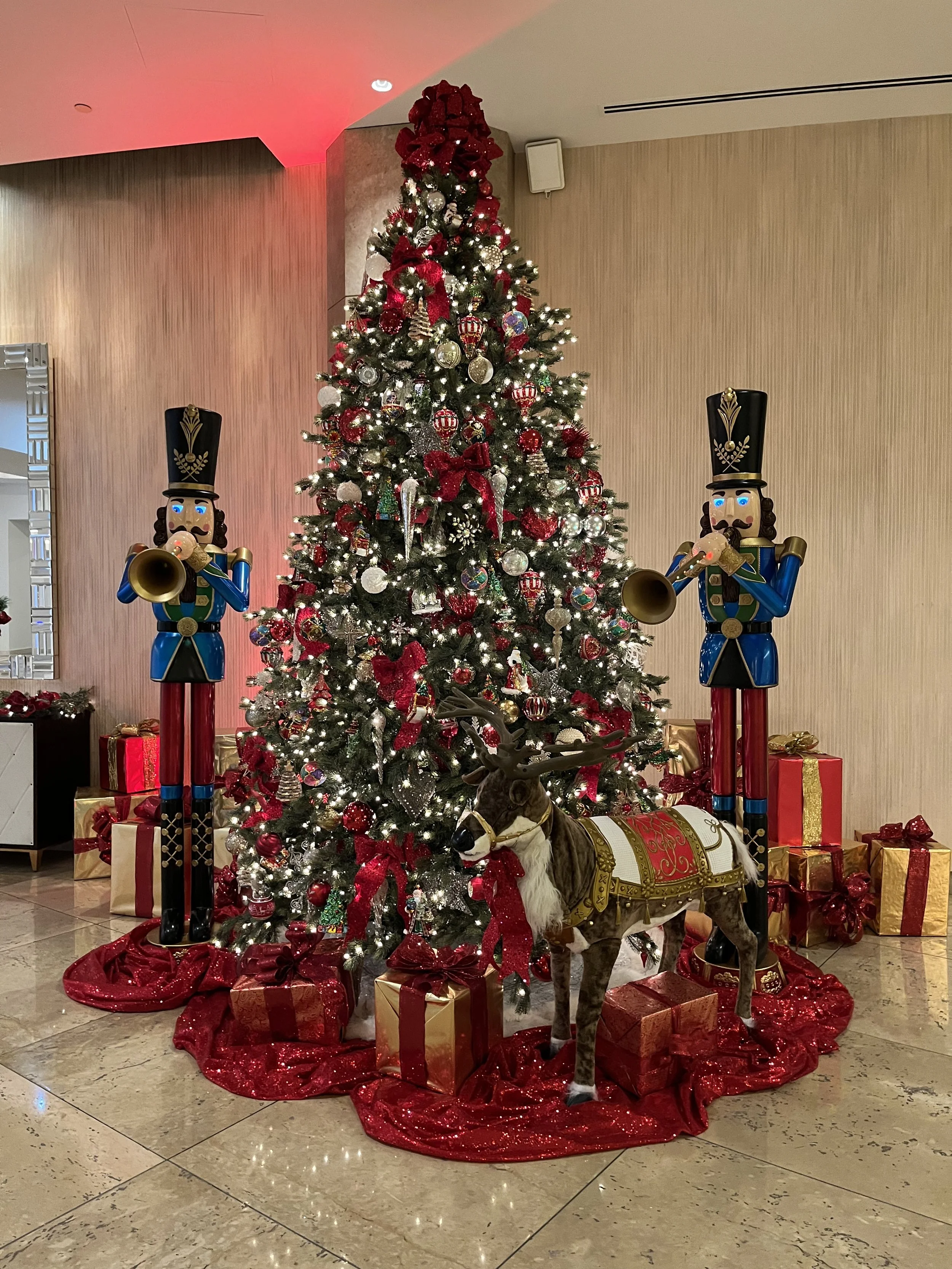Winter Showers Bring Spring Flowers and More! Bring Our Furry Friends Baaaacck By Local Writer, Photographer and Contributor Steve Tabor
Winter Showers Bring Spring Flowers and More! Bring Our Furry Friends Baaaacck
By Local Writer, Photographer and Contributor Steve Tabor
We are less than halfway through our rainy season, but the Palos Verdes Peninsula Land Conservancy (Conservancy) is in the midst of preparing for the Peninsula’s Spring bloom. Not only do the warmer temperatures bring wildflowers and other critical plants, but warmer temperatures also produce several species of invasive plants and weeds which often overtake and snuff out the growth of native plants.
Not only does the Conservancy depend on energetic volunteers to clear vegetation and replant in preserved open space lands with native and endemic plants, due to the vast of amount of acreage and the canyon slopes, the Conservancy must call in their reinforcements, a corps of brush and plant clearing goats.
According to Cris Sarabia, Conservation Director for the Conservancy, “The goats are an eco-friendly alternative for clearing the large areas of land the Conservancy manages. Grazing goats can consume an average of one acre of invasive and non-native plants each day, while leaving a pathway of fertile compost which facilitates new and existing native plant growth.”
The Conservancy annually evaluates its Spring vegetation clearing and replanting efforts. According to Sarabia, “This coming spring, we are focusing on areas where invasive mustard, fennel and acacia plants rapidly spread at Abalone Cove and Lunada Canyon (located within Agua Amarga Reserve). Once these areas are cleared, Conservancy staff and volunteers replant the areas with native plants. As the native plants take hold and mature, they support creatures large and small including the Palos Verdes Blue Butterfly, California Gnat Catcher, and the El Segundo Blue Butterfly.”
In addition, to invasive plant clearance, the Conservancy depends on the goats to perform brush and hillside clearance in lands the Conservancy owns to reduce vegetation levels that can spark and fuel wildfires that will threaten nearby homes and residents. Sarabia states, “The canyons are surrounded by severe slopes which pose a risk of injury to any Conservancy staff or volunteers who attempt to perform the brush and plant clearance. The goats’ natural climbing abilities and their unceasing appetites make them well suited for this type of work.”
Currently, the Conservancy plans to use approximately four hundred goats for a two-to-three-week period between April and May. However, Conservancy staff will continually assess their needs and the use of the goats based on seasonal rainfall and their financial resources to support the project.
The goats are owned by Fire Grazers, Inc. in Mariposa County. Fire Grazers conducts brush clearance activities for municipalities and other entities throughout California, Arizona, and other Western States. They coordinate their stop on the Peninsula with other obligations in Los Angeles and Orange Counties.
The Conservancy welcomes support from individuals with this year’s Adopt-A-Goat project. Sarabia points out, “It costs approximately $100 per day for the use of each goat. This is an important project for the Conservancy, and any amount of support is appreciated!”
The Conservancy has established featured sponsorship levels for the Adopt-A-Goat project:
$100 – Photograph/Portrait with a Goat
$250 – Photograph and a tour of one of the Native Plant Restoration Site
$500 – All the benefits of the $250 level, plus complimentary tickets to the Conservancy’s Annual Wild and Scenic Film Festival (hybrid event) which will be held at the end of April.
For more information about how you can adopt a goat visit the Palos Verdes Peninsula Land Conservancy website at www.pvplc.org, email info@pvplc.org or telephone (310) 541-7613.
Steve Tabor Bio
This South Bay native’s photographic journey began after receiving his first 35 mm film camera upon earning his Bachelor of Arts degree. Steve began with photographing coastal landscapes and marine life. As a classroom teacher he used photography to share the world and his experiences with his students. Steve has expanded his photographic talents to include portraits and group photography, special event photography as well as live performance and athletics. Steve serves as a volunteer ranger for the Catalina Island Conservancy and uses this opportunity to document the flora and fauna of the island’s interior as well as photograph special events and activities.
Watch for Steve Tabor Images on the worldwide web.
Related Articles

